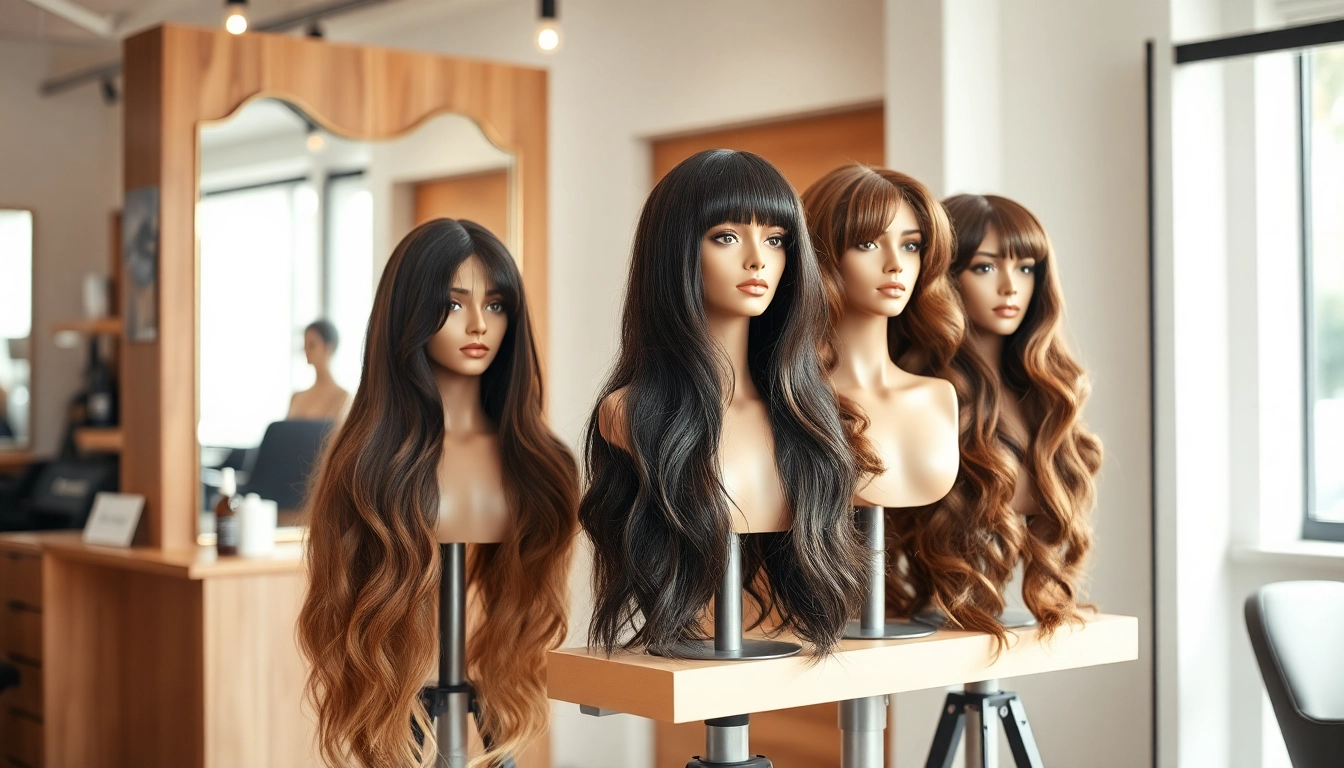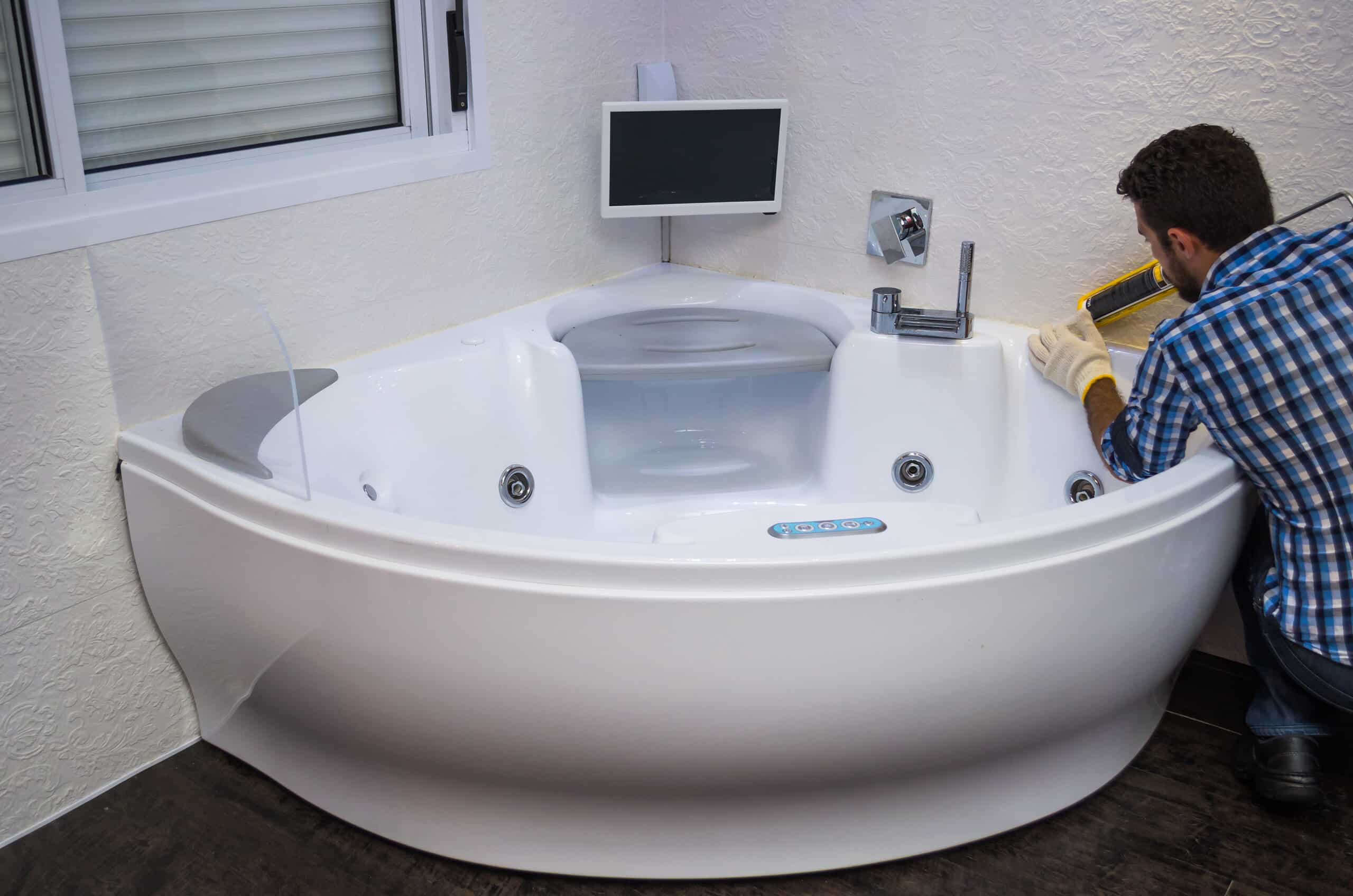Understanding Wigs: Types and Features
Wigs have surged in popularity, celebrating their pivotal role in the beauty and fashion industry. Whether it’s to change one’s look, cover hair loss, or make a fashion statement, the application of wigs is vast and varied. When selecting the right wigs, understanding their features and classifications is essential for making an informed choice.
Types of Wigs: Human vs. Synthetic
Wigs can be broadly categorized into two main types: human hair wigs and synthetic wigs. Each type has unique features, pros, and cons that may appeal differently depending on individual needs and preferences.
Human Hair Wigs
Human hair wigs are made from real human hair and designed for those seeking a natural look and feel. One of the standout benefits is their versatility; they can be styled, colored, and treated like your natural hair. This adaptability makes them ideal for individuals who want a seamless and authentic appearance. However, they also require more care, including regular washing, conditioning, and styling to maintain their quality.
Synthetic Wigs
Synthetic wigs, on the other hand, are made from man-made fibers designed to replicate the appearance and texture of real hair. These wigs are generally more affordable than their human hair counterparts and are easier to maintain. They come pre-styled, which means they hold their shape well and require less effort to keep looking good. However, one should note that synthetic wigs have limitations in terms of heat styling and longevity.
Key Features to Look for in Wigs
When searching for the perfect wig, specific features can significantly influence comfort, style, and wearability. Here are some critical elements to consider:
- Cap Construction: The way a wig is constructed can affect its comfort. Options include lace front, full lace, and traditional cap constructions.
- Density: This refers to how thick the hair on the wig is. Different densities can affect the overall look and feel.
- Length: Wigs come in various lengths from bob cuts to long flowing strands, so it’s essential to choose one that suits your style.
- Color: Wigs are available in a myriad of colors, allowing for expression and experimentation. Opt for shades that complement your skin tone for a natural look.
The Best Wig Styles for Different Face Shapes
Selecting the right wig style based on face shape can drastically enhance an individual’s appearance. Here’s a quick guide:
- Oval Face: Most styles work well with an oval face shape. Soft waves and curls can accentuate this balanced face.
- Round Face: Longer styles with layers help elongate a round face, while bangs should be avoided as they can make the face appear shorter.
- Square Face: Wigs that soften the angles, such as round or layered cut wigs, complement square face shapes beautifully.
- Heart-Shaped Face: Adopting softer styles with fringe can balance a wider forehead and narrow chin common in heart-shaped faces.
Choosing the Right Wig for Your Needs
Choosing the correct wig involves evaluating personal needs, lifestyle, and preferences. A well-informed decision leads to greater satisfaction and confidence in wearing the wig.
Factors to Consider When Selecting Wigs
In addition to the types and features, several practical considerations should guide your selection:
- Purpose: Are you looking for a wig for daily wear or a special occasion? Understanding the primary purpose can influence which style and material to choose.
- Budget: Wigs come in a wide price range. Set a budget that balances quality and affordability.
- Comfort: Trying on wigs beforehand is crucial. A comfortable fit ensures you can wear your wig throughout the day without discomfort.
- Maintenance: Consider how much time and effort you are willing to invest in caring for your wig.
Shopping Tips: Where to Buy Wigs
When it comes to shopping for wigs, the options abound. Here are some avenues you might consider:
- Specialty Wig Stores: These often offer a vast selection and knowledgeable staff who can assist you in finding the perfect match.
- Online Retailers: Shopping online can provide more extensive choices, often at competitive prices. Look for reliable retailers with comprehensive return policies.
- Beauty Supply Stores: These stores typically have a selection of wigs available, allowing you to try them on in person.
How to Determine Your Wig Size
To ensure a snug and comfortable fit, knowing your wig size is essential. Here’s how you can measure:
- Measure the circumference: Use a flexible tape measure around your head, starting at the forehead, above the ears, and around the nape of your neck.
- Measure from front to back: Place the tape measure from your forehead where the wig will sit, down over the crown to the nape.
- Measure the ear to ear: Measure from the top of one ear, over the crown, to the top of the other ear.
Caring for Your Wigs
Caring for wigs properly will prolong their lifespan and maintain their appearance. Here’s how to best care for both synthetic and human hair wigs.
Essential Wig Care and Maintenance Tips
Regardless of the type of wig, adherence to a maintenance routine is essential. Here are some guidelines to follow:
- Washing: Wash your wig every 8-10 wears for human hair wigs, and every 10-15 wears for synthetic wigs. Use products specifically designed for wigs.
- Conditioning: Regularly condition your wig to keep it soft and manageable. This applies mainly to human hair wigs.
- Styling: Avoid excessive heat tools on synthetic wigs. When styling human hair wigs, use heat protectants and maintain lower temperature settings.
How to Clean Wigs Without Damage
The cleaning process is vital to prevent tangling and maintain a fresh appearance. Here’s how to clean your wig:
- Fill a basin with cool water and add a few drops of wig shampoo.
- Immerse the wig gently, avoiding scrubbing. Allow it to soak for a few minutes.
- Rinse with cool water until the shampoo is fully washed out.
- Apply conditioner, following the same approach, then rinse it out.
- Gently pat the wig dry with a clean towel and hang it on a wig stand to dry completely.
Storing Wigs: Best Practices
Correct storage of wigs is critical in preventing tangling and maintaining their shape. Consider the following:
- Wig Stand: Store your wig on a wig stand when not in use to keep its form.
- Shallow Box Storage: Alternatively, a shallow box can be used. Ensure the wig is properly styled before storage.
- Avoid Heat and Moisture: Store wigs in a cool, dry place, away from direct sunlight to avoid damage.
Styling and Personalizing Your Wigs
Wearing a wig doesn’t mean you have to forego personal style. Styling and personalizing allows you to express individuality. Here are expert tips on how to achieve that.
The Art of Styling Wigs: Tools and Techniques
There are various tools and techniques that can be employed to style wigs effectively:
- Brushes and Combs: Use wide-toothed combs for synthetic wigs to avoid pulling. A paddle brush works well on human hair wigs.
- Hair Products: Opt for light products that do not weigh down the wig. Avoid high-alcohol content products that can damage fibers.
- Heat Styling: When using heat, ensure a heat protector is applied, particularly for human hair wigs, and always check the manufacturer’s heat tolerance specifications.
Accessorizing Wigs for a Unique Look
Accessorizing can transform any wig into a standout piece. Consider these accessories:
- Headbands: Stylish and functional; headbands can add flair while helping to secure your wig.
- Scarves and Wraps: These can be wrapped around the base of the wig for added style and a polished finish.
- Wig Clips and Combs: These accessories can help to secure the wig, preventing slippage throughout the day.
Coloring and Cutting Wigs: What You Need to Know
Customizing wig color and length can provide a fresh, new look. However, there are some essential considerations:
- Professional Help: It’s often best to seek a professional stylist who has experience with wigs to avoid damaging them.
- Temporary Changes: Using temporary hair dyes or colored sprays can add variety without commitment.
- Know Your Fiber: Ensure the wig material allows for dyeing; synthetic wigs have limited dye options.
The Benefits of Wearing Wigs
Wearing wigs can provide diverse benefits, enhancing both outer appearance and inner confidence.
Wigs as Fashion Statements: Trends to Follow
Wigs have evolved to become a core component of modern fashion. From playful colors to intricate styles, trends are constantly changing. Key trends to note include:
- Vibrant Colors: Unnatural colors like vivid purples, blues, and pastels are gaining traction.
- Mullet Styles: A resurgence of retro styles is pushing mullet wigs into the spotlight.
- Bobs and Lob Cuts: Timeless classics like the bob are consistently popular for their chic and sophisticated appeal.
Wigs for Everyday Wear vs. Special Occasions
The application of wigs can differ based on context. For daily wear, opt for natural colors and styles that blend well with your everyday wardrobe. In contrast, special occasions allow for bolder choices and more extravagant styles.
Exploring the Confidence Boost from Wigs
Many people experience enhanced self-esteem when wearing wigs. A well-fitted and stylish wig can completely change an individual’s look, offering a newfound sense of empowerment. Wigs can also serve as a practical solution for those experiencing hair loss, allowing them to regain their confidence without compromising on style.















Leave a Reply